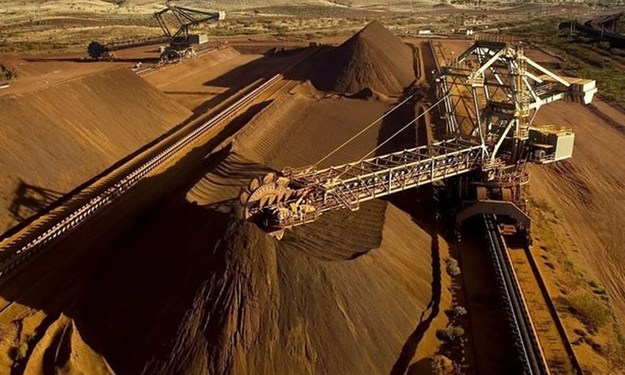By Henning Gloystein
SINGAPORE (Reuters) – Oil prices were stable on Thursday, supported by ongoing OPEC-led supply cuts, tensions in the Middle East and lower U.S. production due to hurricane-enforced closures.
Brent crude futures () were at $58.10 at 0411 GMT, slightly lower than their last close, but around 30 percent above mid-year levels.
U.S. West Texas Intermediate (WTI) crude () was at $51.97 per barrel, also down a touch from its last settlement, but almost a quarter higher than in June.
The U.S. Energy Information Administration said on Wednesday that U.S. crude inventories fell by 5.7 million barrels in the week to Oct. 13, to 456.49 million barrels.
U.S. output slumped by 11 percent from the previous week to 8.4 million barrels per day (bpd), its lowest since June 2014 as production had to be shut because of tropical storm Nate, which hit the U.S. Gulf coast earlier in October.
Analysts said there was also a risk to supply from political instability in areas ranging from the Middle East to South America.
“The ‘Fragile Five’ petrostates – Iran, Iraq, Libya, Nigeria and Venezuela – continue to see supply disruption potential, with northern Iraq crude exports at risk due to an escalation of tensions between the (Kurdistan Regional Government), Baghdad and Turkey, while the U.S. has decertified the 2015 Iran nuclear deal,” said U.S. bank Citi.
Iraqi forces this week captured the Kurdish-held oil city of Kirkuk, responding to a Kurdish independence referendum, triggering fears of supply disruptions.
Adding to these tensions, U.S. President Donald Trump last week refused to certify Iran’s compliance over a nuclear deal, leaving Congress 60 days to decide further action against Tehran.
During the previous round of sanctions against Iran, some 1 million bpd of oil was cut from markets.
And analysts see crude supply tightening further as the Organization of the Petroleum Exporting Countries (OPEC) and partners, including Russia, are expected to extend a deal to curb production beyond its expiry date next March.
“OPEC is desperate to bring the market into equilibrium and mop up as much of the excess stockpiles … I am expecting OPEC and Russia to agree on a further 9-month extension to production cuts,” said Shane Chanel, equities and derivatives adviser at ASR Wealth Advisers.
Political risk consultancy Eurasia Group said Saudi Arabia’s plans to list state-owned oil giant Aramco would increase pressure for extended production cuts.
“Saudi Arabia will seek a production sharing agreement extension … as an IPO (of Saudi Aramco) remains part of the long-term plan,” the consultancy said.
“Price stability will remain a core part of the strategy … The government still needs higher oil revenue to support its spending needs and reform program.”
Fusion Media or anyone involved with Fusion Media will not accept any liability for loss or damage as a result of reliance on the information including data, quotes, charts and buy/sell signals contained within this website. Please be fully informed regarding the risks and costs associated with trading the financial markets, it is one of the riskiest investment forms possible.
Source: Investing.com




























